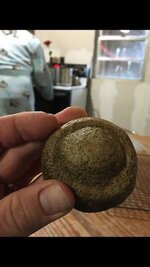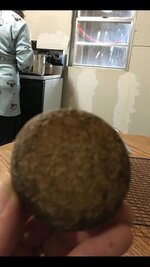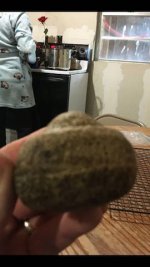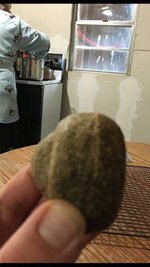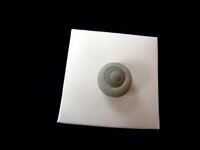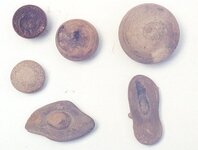Stan Milgram
Jr. Member
- Mar 14, 2012
- 75
- 232
- Detector(s) used
- T2, AT Pro, Excalibur II
- Primary Interest:
- Metal Detecting
Any ideas on what this is? It was found in a creek by a friend in Missouri.
Attachments
Upvote
0


